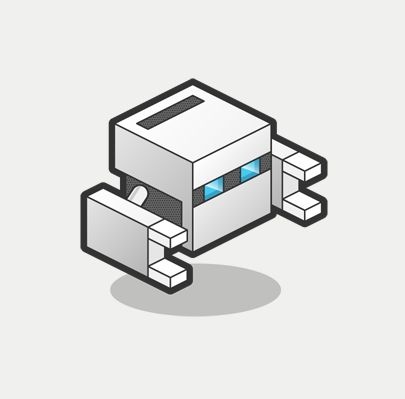New video demonstrates how, with Alpha's new built-in PhoneGap integration, developing apps for iPhone, Android, Windows and more can be accomplished up to "90% faster" than with other development platforms.
 With Alpha Anywhere, our goal is to take complex development problems and simplify them so that business application developers can focus on getting the job done in the shortest amount of time possible. But, in equal measure with speed of development we know that there can never be a sacrifice of power. So when it comes to developing apps for iPhone, iPad, Android, Windows Phone, and more, we know that the HTML5/Hybrid apps you build with Alpha Anywhere need to stand up to native code.
With Alpha Anywhere, our goal is to take complex development problems and simplify them so that business application developers can focus on getting the job done in the shortest amount of time possible. But, in equal measure with speed of development we know that there can never be a sacrifice of power. So when it comes to developing apps for iPhone, iPad, Android, Windows Phone, and more, we know that the HTML5/Hybrid apps you build with Alpha Anywhere need to stand up to native code.That's why, with the recent release of Alpha Anywhere 2.0, we've built-in seamless, one-click Adobe PhoneGap integration so that the mobile business apps you build with Alpha Anywhere can be deployed to the app stores and take advantage of native device functionality.
Creating a PhoneGap App Using the Demo HTML5 Mobile Application That Ships with Alpha Anywhere
In this video, Alpha's VP of Mobile Technology Bob Moore adds further polish to the PhoneGap application built in a previous video (titled "PhoneGap Image Capture and Uploads in Alpha Anywhere") which is based on the demo HTML5 mobile application that is included with Alpha Anywhere. Bob explains the design goals for this phase of the project and walks you through the code required to make it all happen.The enhancements in this video include:
- Embedding base64 encoded thumbnail images into the list control so that the images appear when the native app is loaded on the device.
- The addition of a modal wait dialog message to provide feedback to the user when an Ajax callback occurs.
- Delaying the transition to a detail view until the Ajax callback completes. This prevents the user from seeing the previously loaded image and data.
- Alerting the user when the device changes state from online to offline or vice versa, using a new 3rd party PhoneGap plugin called Toast to display a small native modal message window that fades from view after a period of time.
- Verify that the device is online and that the Alpha server is available to process Ajax callbacks.
- Updating the list control when the app is loaded, only if the device is online and the Alpha server is available. This ensures that the user is looking at the most recent data.
- The ability to refresh the list control data from the touch of a button.








Comment